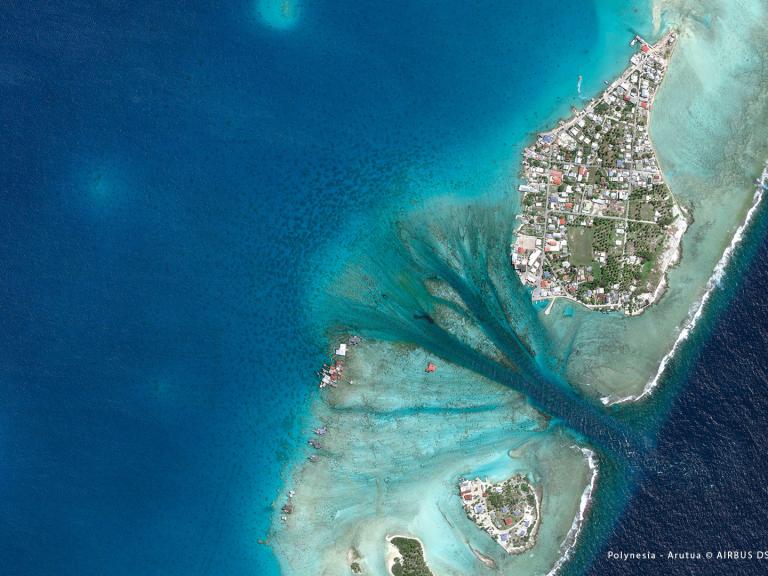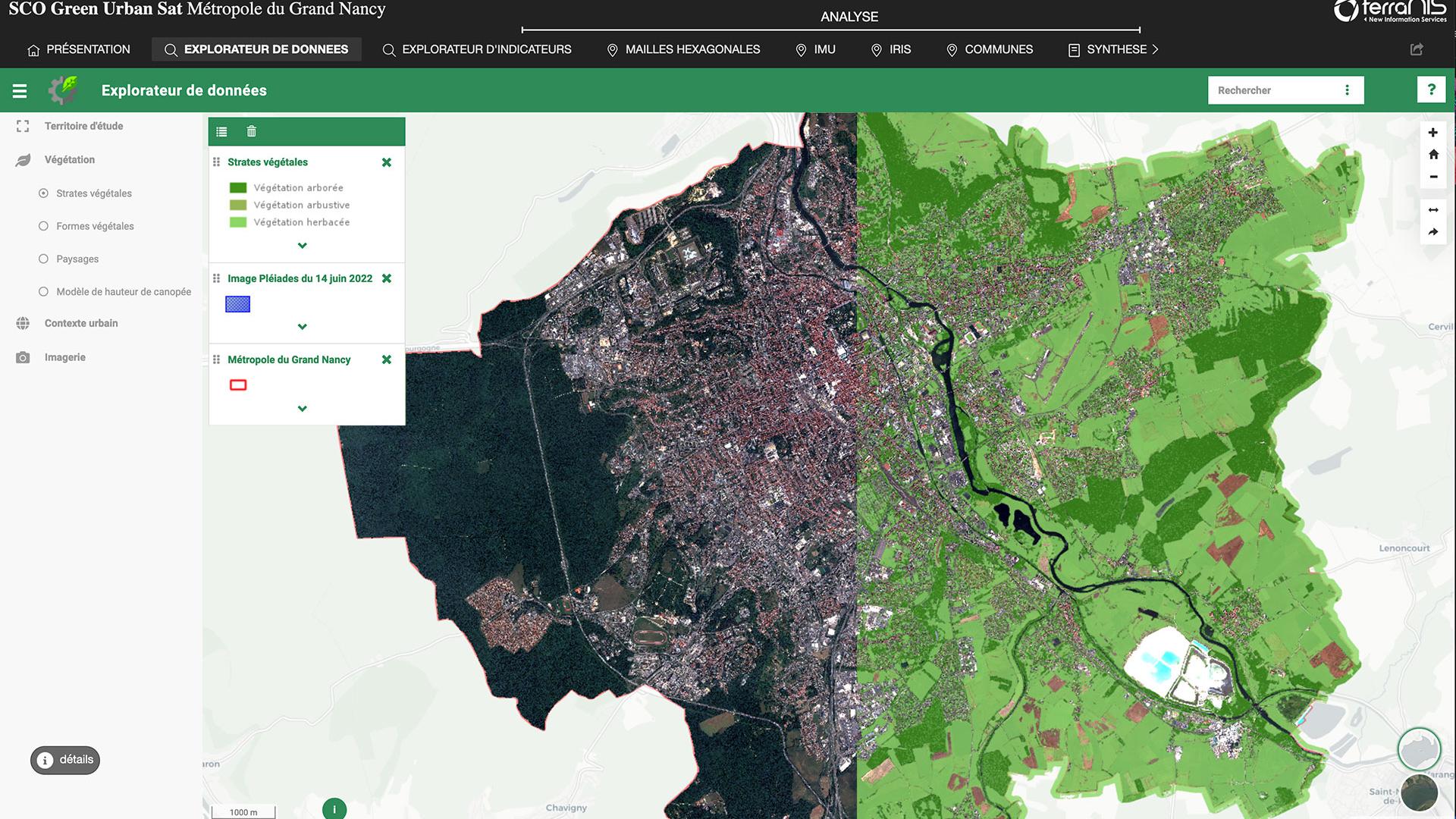
GUS, an observatory for urban vegetation
At the end of 24 months' work, the Green Urban Sat (GUS) project has produced a remarkable dashboard of urban vegetation in the Greater Nancy Metropolitan Area. With an open-access code, it lays the foundations for a powerful decision-making tool for urban managers wishing to base their adaptation strategies on the ecosystem services provided by vegetation.
Learn more ➔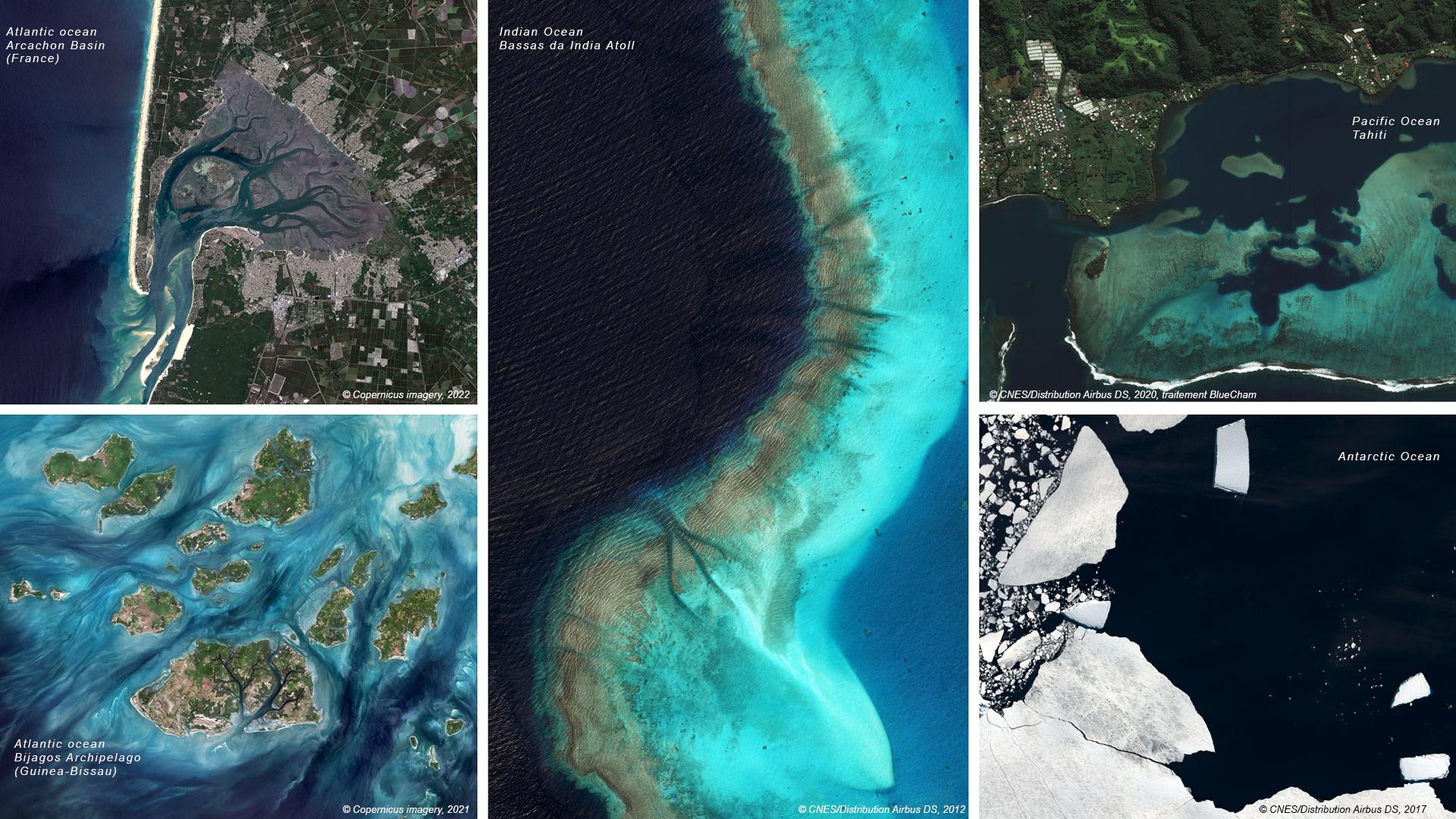
SCO Call for projects 2025
The Space for Climate Observatory (SCO) is thrilled to announce its latest Call for Proposals, inviting innovative minds and organizations to join us in transforming the landscape of climate action. This is your chance to be part of a global movement that leverages the power of Earth Observation (EO) data to develop operational tools addressing the urgent challenges of climate change and create a powerful combination with valuable in situ data.
Learn more ➔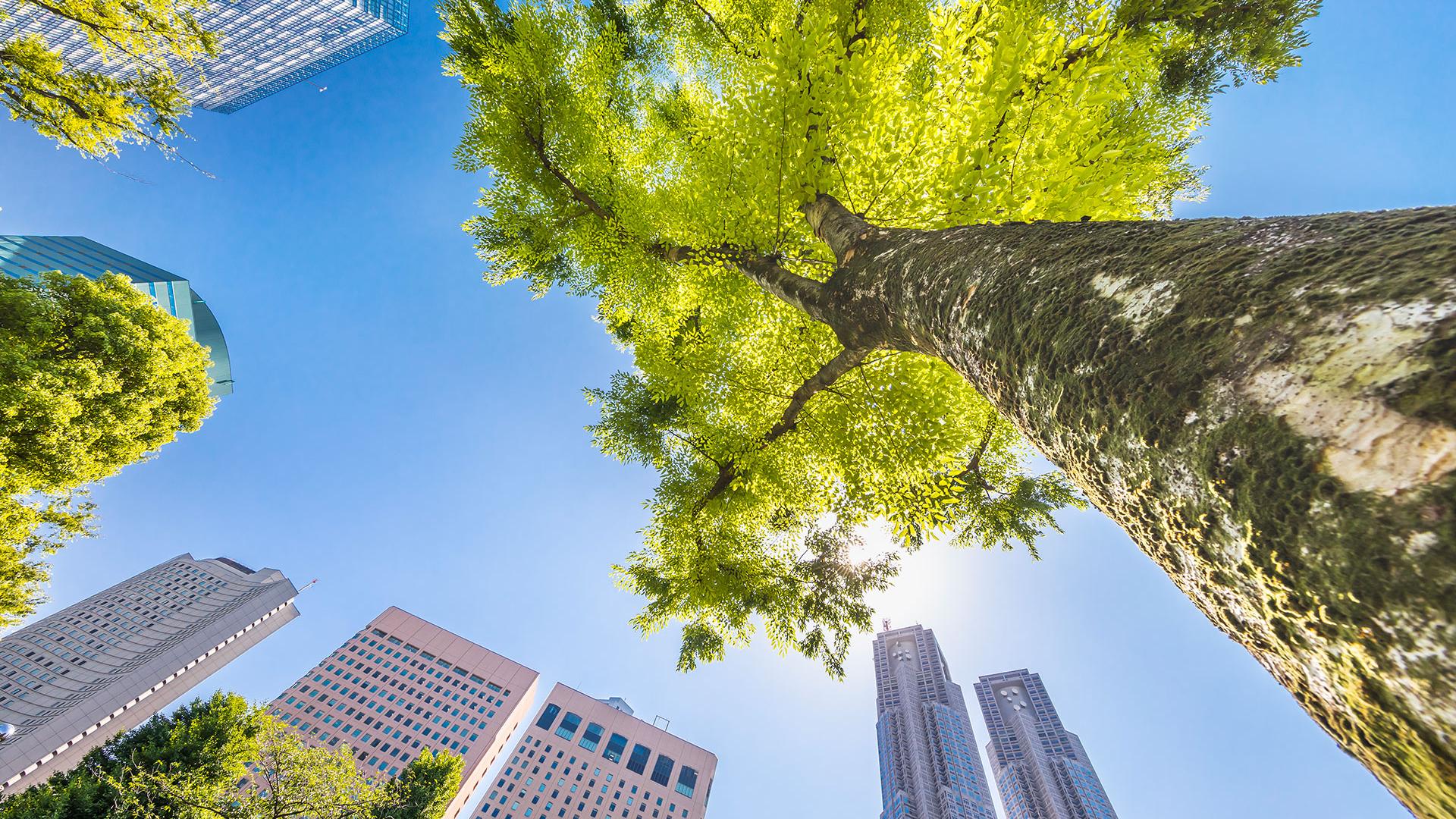
"Monitoring air quality from space", soon to be the 14th Quarterly meeting of SCO France
Air quality is a public health issue. On Thursday 12 September 2024, tune in to the fourteenth "SCO France Quarterly meeting" to find out how SCO projects are using satellite data to enhance atmospheric emission inventories and improve air quality.
Learn more ➔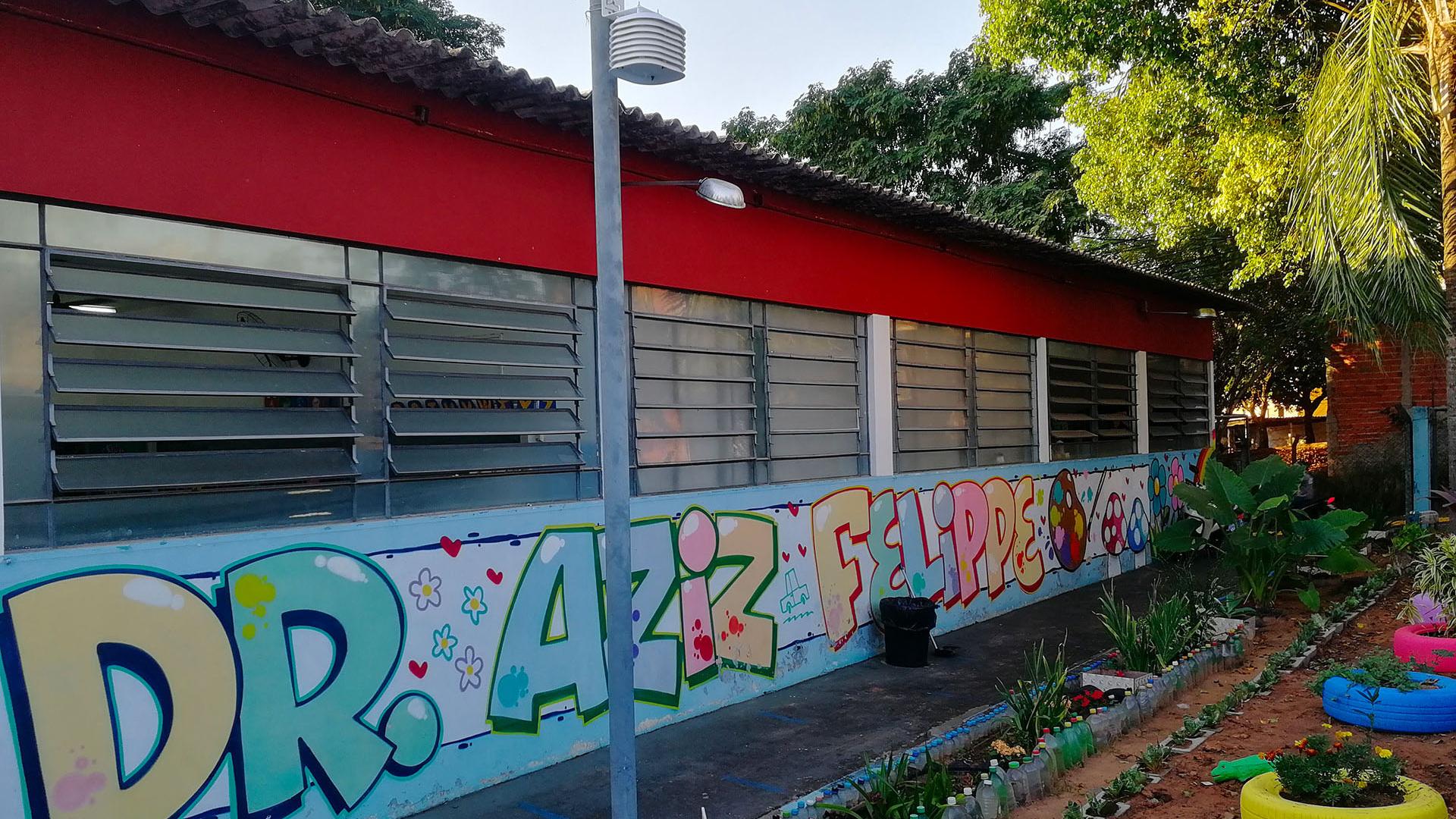
ALTELYS, combating urban heat islands
With 55% of the world's population now considered to live in cities, urban heat islands, or UHIs, are a real local climate issue. Accredited with the SCO label in March 2023, the ALTELYS project has made all the preparations for its automatic system for real-time visualization of UHIs. Find out more.
Learn more ➔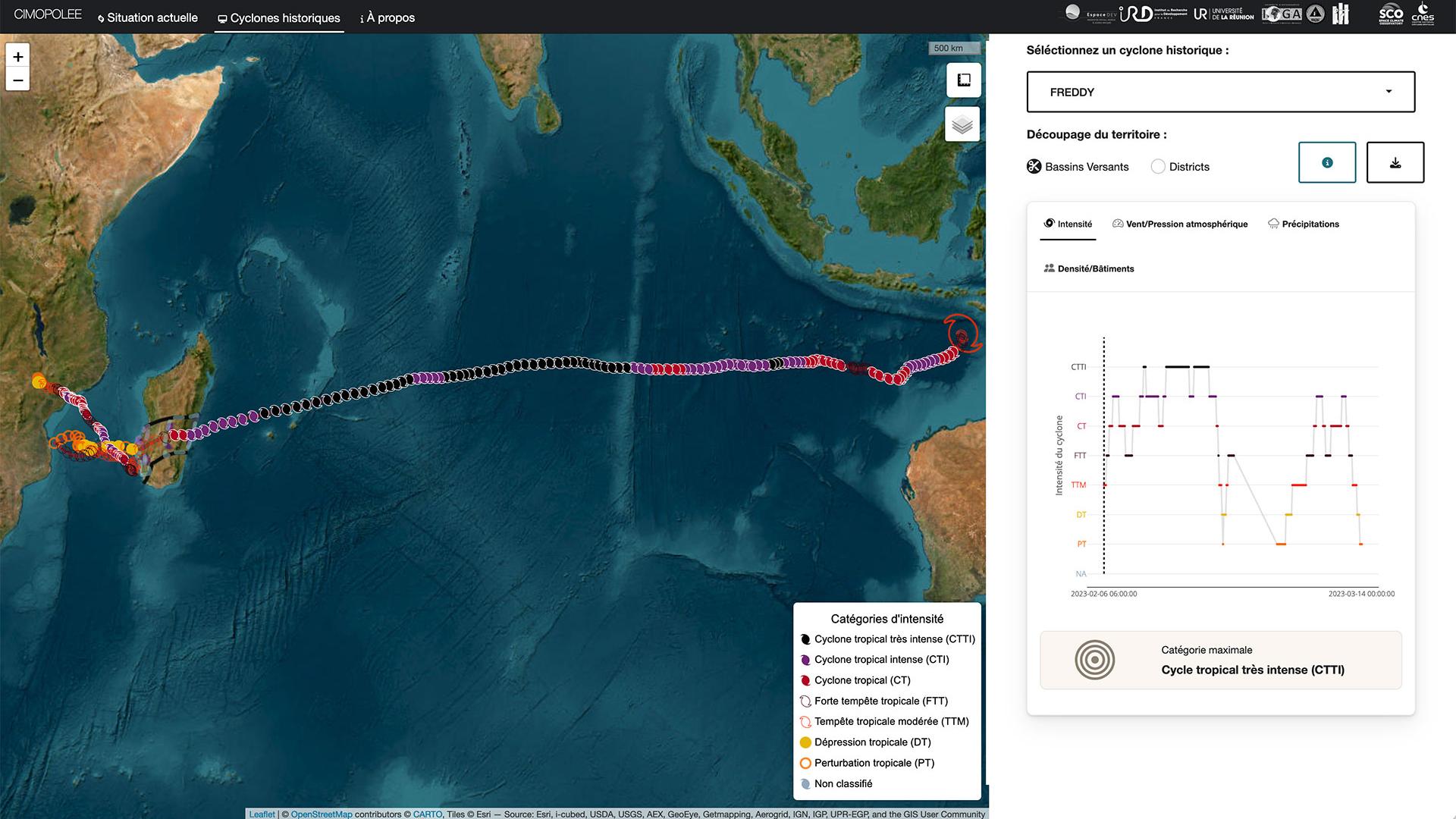
Cimopolée: the demonstrator is online
In 2024, when a strong cyclone season is feared, the SCO Cimopolée project is putting its real-time cyclone monitoring demonstrator online for the south-west Indian Ocean. The tool is freely available for you to discover and test.
Learn more ➔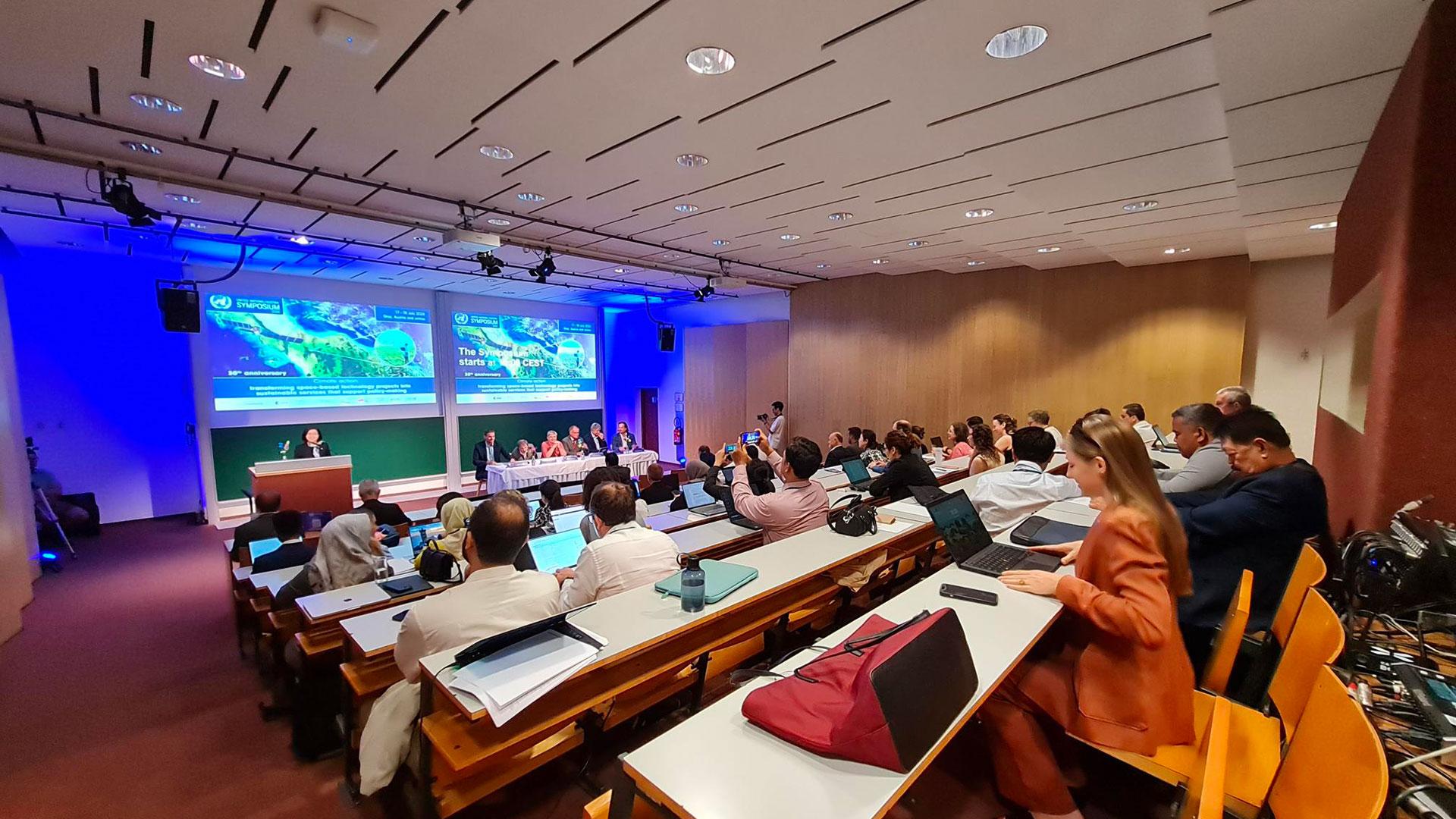
IGARSS and UN/Austria Symposium, two major events
Just as the climate is everybody's business, certain international meetings are essential for planning and coordinating actions. In July, the SCO took part in the IGARSS and the UN/Austria Symposium, where its "Global Awareness Raising" working group was launched.
Learn more ➔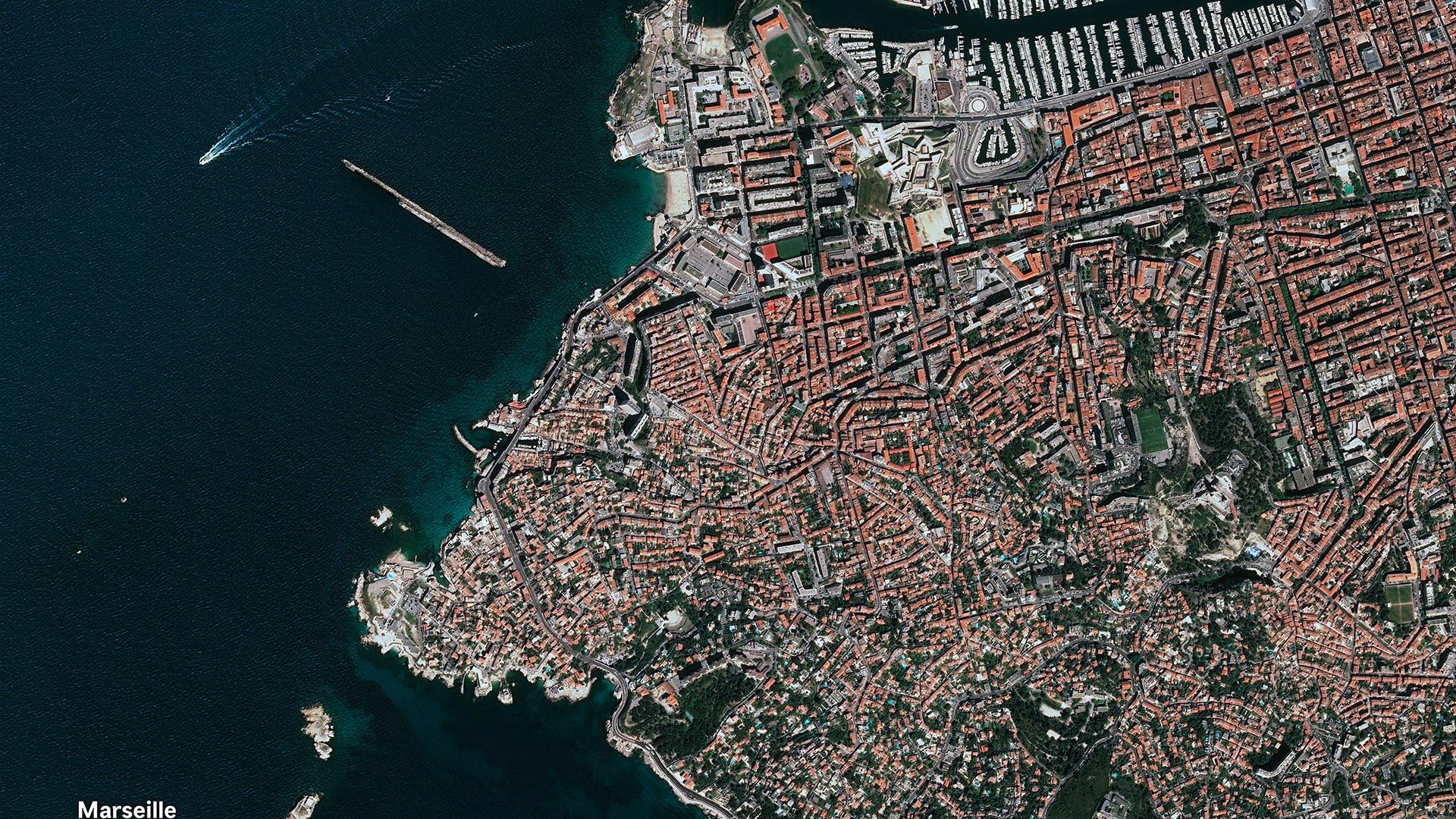
11th SCO France meeting
On Thursday 4 July 2024, the 11th Committee meeting of the SCO France was welcomed at the Endoume Marine Station in Marseille. After a morning of discussions, the members present were treated to two tailor-made tours, which were simply enchanting.
Learn more ➔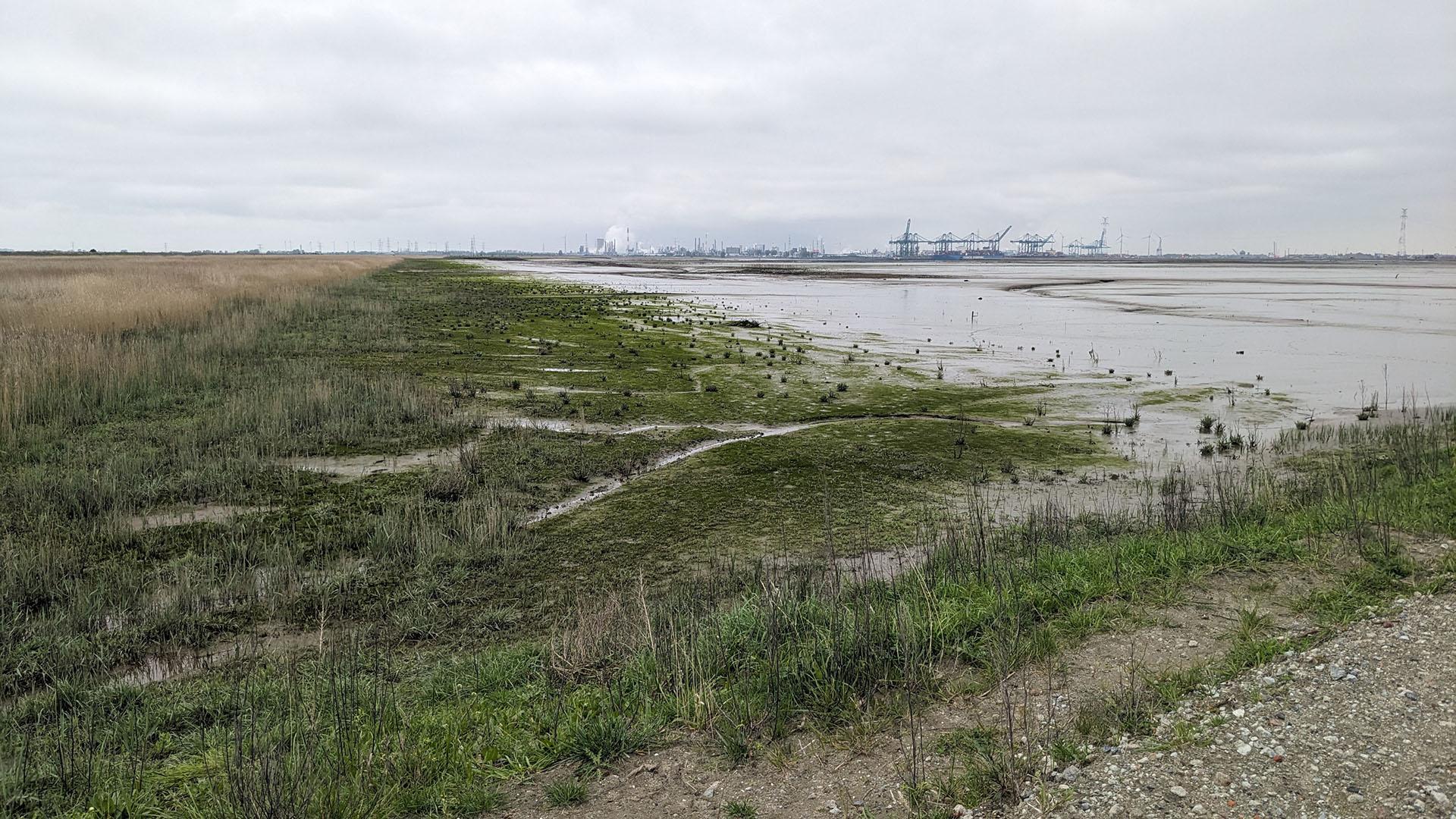
EO4Wetlands, a further step towards satellite-guided depoldering monitoring
The Westerschelde estuary, where the port of Antwerp is located, is the scene of numerous activities, and since the break in the dyke, new ecological processes have been added to local activity. On the morning of Thursday 11 April 2024, on the border between Belgium and the Netherlands, teams from Cerema, the STOWA foundation and CNES put on their boots to visit the former Hedwige polder and the Saeftinghe wetland before leading a steering committee meeting with all the partners in the EO4Wetlands project. Here's a look back.
Learn more ➔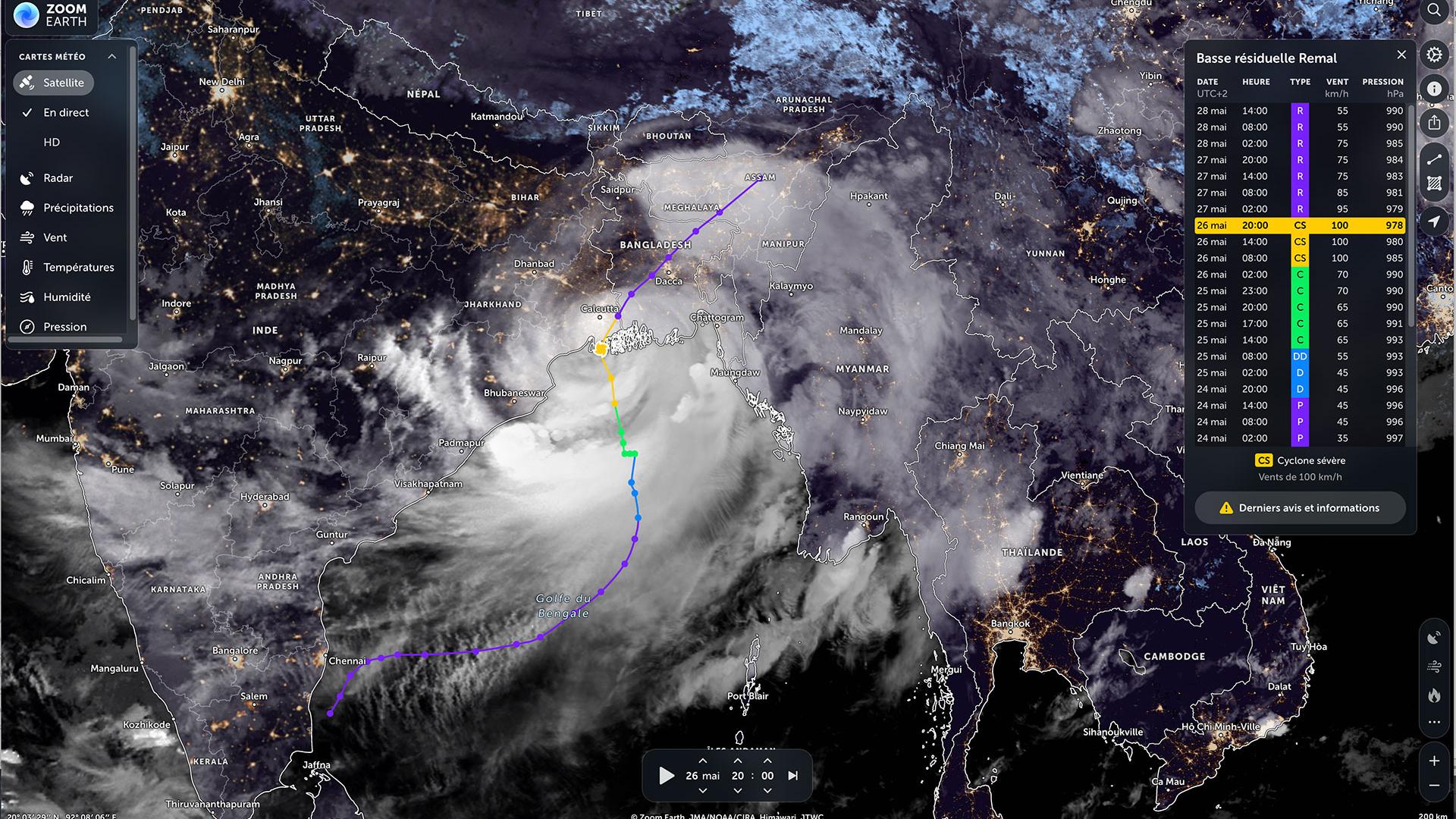
Use case: BandSOS put to the test by Cyclone Remal
On 26 May 2024, Bangladesh and India were hit hard by cyclone Remal. With just 3 days to prepare, the local authorities were able to rely on the SCO BandSOS demonstrator to take emergency measures.
Learn more ➔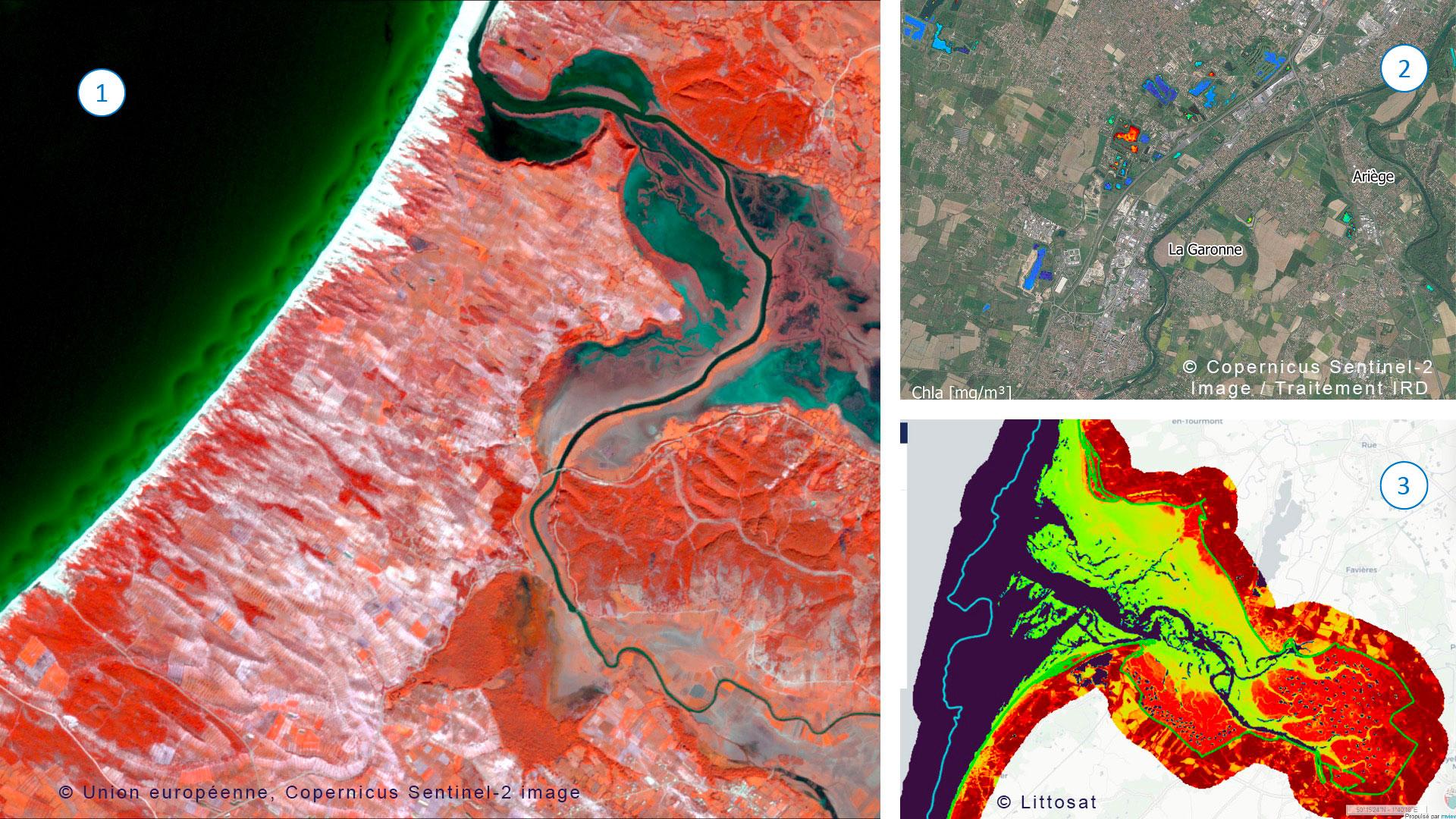
Water and coastal quality
While the availability of water is a challenge for the future, so is its quality. On Thursday 20 June 2024, at the thirteenth "SCO France Quarterly Meeting", three projects presented their SCOlutions, which use satellite data to automate the monitoring of different water surfaces. Serving both ecosystems and human activities, these magnificent projects are a real “coup de coeur”.
Learn more ➔-
 Green Urban Sat
Green Urban SatGUS, an observatory for urban vegetation
At the end of 24 months' work, the Green Urban Sat (GUS) project has produced a remarkable dashboard of urban vegetation in the Greater Nancy Metropolitan Area. With an open-access code, it lays the foundations for a powerful decision-making tool for urban managers wishing to base their adaptation strategies on the ecosystem services provided by vegetation.
Learn more ➔ SCO Call for projects 2025
SCO Call for projects 2025SCO Call for projects 2025
The Space for Climate Observatory (SCO) is thrilled to announce its latest Call for Proposals, inviting innovative minds and organizations to join us in transforming the landscape of climate action. This is your chance to be part of a global movement that leverages the power of Earth Observation (EO) data to develop operational tools addressing the urgent challenges of climate change and create a powerful combination with valuable in situ data.
Learn more ➔ Quarterly subscription 14
Quarterly subscription 14"Monitoring air quality from space", soon to be the 14th Quarterly meeting of SCO France
Air quality is a public health issue. On Thursday 12 September 2024, tune in to the fourteenth "SCO France Quarterly meeting" to find out how SCO projects are using satellite data to enhance atmospheric emission inventories and improve air quality.
Learn more ➔ ALTELYS
ALTELYSALTELYS, combating urban heat islands
With 55% of the world's population now considered to live in cities, urban heat islands, or UHIs, are a real local climate issue. Accredited with the SCO label in March 2023, the ALTELYS project has made all the preparations for its automatic system for real-time visualization of UHIs. Find out more.
Learn more ➔ Cimopolée
CimopoléeCimopolée: the demonstrator is online
In 2024, when a strong cyclone season is feared, the SCO Cimopolée project is putting its real-time cyclone monitoring demonstrator online for the south-west Indian Ocean. The tool is freely available for you to discover and test.
Learn more ➔ July Symposiums
July SymposiumsIGARSS and UN/Austria Symposium, two major events
Just as the climate is everybody's business, certain international meetings are essential for planning and coordinating actions. In July, the SCO took part in the IGARSS and the UN/Austria Symposium, where its "Global Awareness Raising" working group was launched.
Learn more ➔ 11th CIO SCO France
11th CIO SCO France11th SCO France meeting
On Thursday 4 July 2024, the 11th Committee meeting of the SCO France was welcomed at the Endoume Marine Station in Marseille. After a morning of discussions, the members present were treated to two tailor-made tours, which were simply enchanting.
Learn more ➔ EO4Wetlands
EO4WetlandsEO4Wetlands, a further step towards satellite-guided depoldering monitoring
The Westerschelde estuary, where the port of Antwerp is located, is the scene of numerous activities, and since the break in the dyke, new ecological processes have been added to local activity. On the morning of Thursday 11 April 2024, on the border between Belgium and the Netherlands, teams from Cerema, the STOWA foundation and CNES put on their boots to visit the former Hedwige polder and the Saeftinghe wetland before leading a steering committee meeting with all the partners in the EO4Wetlands project. Here's a look back.
Learn more ➔ BandSOS
BandSOSUse case: BandSOS put to the test by Cyclone Remal
On 26 May 2024, Bangladesh and India were hit hard by cyclone Remal. With just 3 days to prepare, the local authorities were able to rely on the SCO BandSOS demonstrator to take emergency measures.
Learn more ➔ 13tn Quarterly Meeting
13tn Quarterly MeetingWater and coastal quality
While the availability of water is a challenge for the future, so is its quality. On Thursday 20 June 2024, at the thirteenth "SCO France Quarterly Meeting", three projects presented their SCOlutions, which use satellite data to automate the monitoring of different water surfaces. Serving both ecosystems and human activities, these magnificent projects are a real “coup de coeur”.
Learn more ➔



